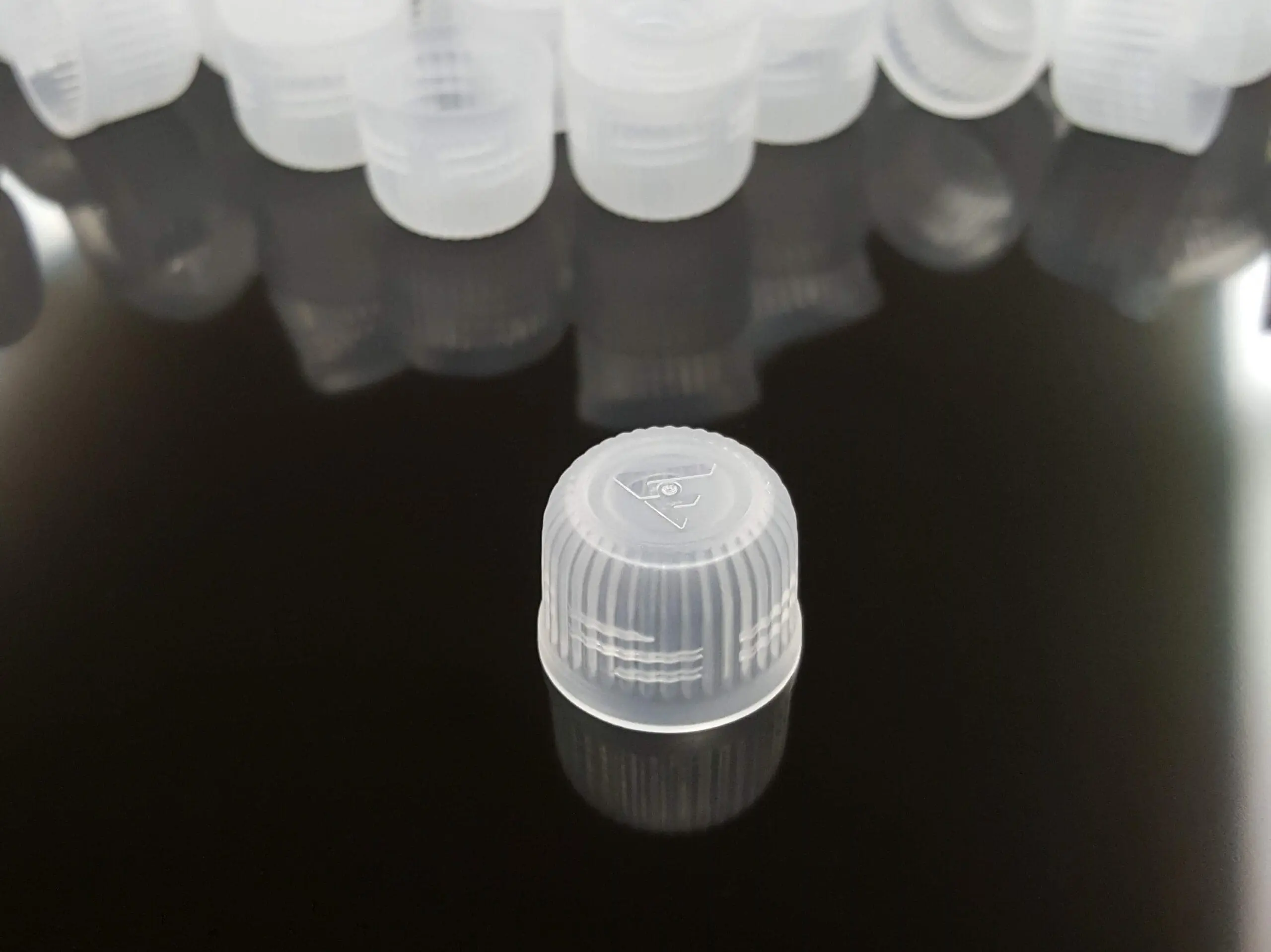When looking to get plastic injection molded parts or components made for a new project, buyers often make some kind of guesstimate about the number of cavities they want in the tooling. If the estimated annual usage (EAU) is fairly high, building a multi-cavity mold might make sense. However, there is a reasonably objective and fairly straightforward way to determine the number of cavities appropriate for a job, at a given stage of the program.
As a preliminary matter, it should be noted that, if a plastic injection mold is to have more than one cavity, it should have cavity balance. In other words, the number of cavities or flow groups (collections of cavities) on both sides of the sprue (the channel by which the molten plastic enters the mold) should be equal, and there should be a geometrically (or “naturally”) balanced runner system. This is necessary in order to achieve tight tolerances, a robust process, and fast cycle times. (The same general principle holds true for family molds, which make different parts, but we will limit our discussion here to those producing only one.)
The analysis for identifying the proper number of cavities in a mold begins with a determination of the estimated demand and the target part price. The demand essentially is a forecast of the number of parts needed per year and, consequently, the order amounts and frequency. For example, if the EAU is 120,000 parts per year, orders might be 10,000 every month; 20,000 every other month; 30,000 quarterly; etc. Target part price is determined by using whatever factors the buyer feels are relevant.
Once the demand is known, the amount of material needed to fill orders (i.e., the number of parts times the mass or weight of each part using the required resin) is calculated and communicated to the material suppliers, who respond with pricing, often including discounts at certain levels. Factoring in the cost of material at different order quantities, an evaluation can be done to see how many cavities are needed in order to hit the target part price. Possibly, one cavity will be sufficient. However, if not, two, four or more might be needed.
As you might guess, the main, underlying factor in the relationship between the number of cavities and the price of parts is time. If we assume a hypothetical production cycle time of thirty seconds, using a one-cavity mold, two parts would be manufactured every minute. Similarly, a two-cavity mold would produce four parts per minute, a four-cavity mold would produce eight, and so on. However, while this is roughly correct, it is not strictly accurate, as larger multi-cavity molds making more parts at a time require more plastic, which increases a few steps in the molding process, such as recovery time, injection time, and possibly cooling time (due to a larger runner).
Additionally, adding cavities to a mold usually increases its size, which results in it needing a larger molding machine in which to run. Further, making more parts at one time requires greater clamp pressure, also requiring a machine with greater tonnage. And, bigger machines are more expensive to run than smaller ones. Therefore, increasing the number of cavities does not necessarily reduce the part price to the same degree, although it does help.
Finally, building a bigger, multiple cavity mold requires more labor, time and materials than fabricating a smaller, single cavity mold. So, while the part price may decrease with a multi-cavity mold, the initial investment in tooling increases. Accordingly, at the beginning of a program, many companies choose to build smaller, less expensive molds and to pay a somewhat higher part price, and later they invest in multiple cavity tooling, once the program has obtained a certain market share and the company has the requisite capital to do so.
In conclusion, to determine the number of cavities needed in a plastic injection mold accurately and objectively, it is necessary to establish the estimated part demand and the target part price. Armed with those two items of information, an analysis can be conducted that will result in the required cavitation at given order quantities using the requisite resin.
How you approach the tooling needs for your program depends on these and on many other factors. If you would like some assistance in determining the proper path to take, please do not hesitate to contact us.

